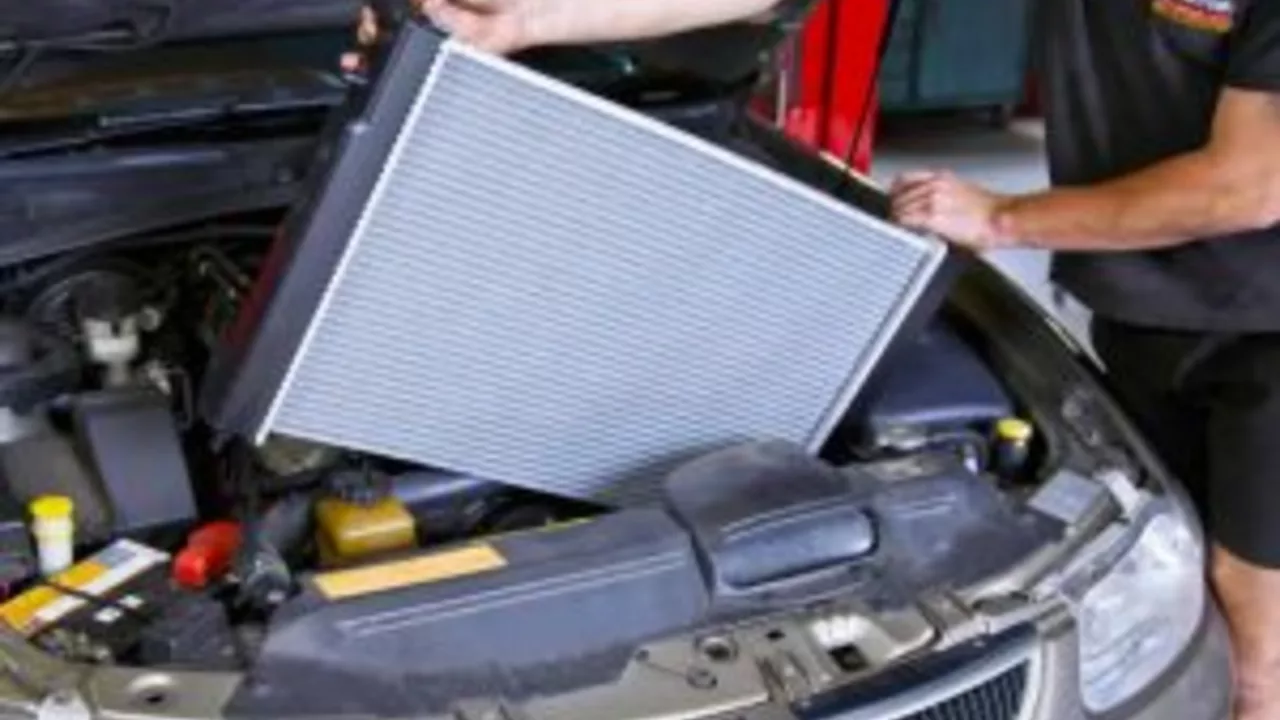Car Radiator: How It Works and Easy Maintenance Tips
Ever wonder why your engine stays cool even when you’re pushing it hard? The answer lies in the car radiator. It’s the heart of the cooling system, moving heat away from the engine so the metal doesn’t melt.
How a Car Radiator Works
The radiator is basically a metal box filled with tiny tubes and fins. Hot coolant from the engine flows through the tubes, while air from the front of the car passes over the fins. As the air moves, it pulls heat out of the coolant, turning it back into a cooler liquid ready to absorb more engine heat.
A thermostat controls when the coolant goes into the radiator. When the engine is cold, the thermostat stays closed, letting the engine warm up quickly. Once it hits the right temperature, the thermostat opens and the coolant circulates through the radiator.
Fans help out when you’re stuck in traffic or driving slow. They force more air through the radiator, making sure heat keeps leaving the system even when the car isn’t moving fast.
Keeping Your Radiator in Top Shape
Most radiator problems show up as overheating warnings, steam rising from the engine bay, or a sweet smell of coolant. If you notice any of these, stop driving and let the engine cool before checking the system.
Regular checks can prevent most headaches. Look at the coolant level every week—make sure it’s between the “low” and “full” marks. If it’s low, add the right type of coolant mixed with water as the manufacturer advises.
Flush the cooling system every two to three years. Over time, rust, scale, and old coolant can clog the tiny passages, reducing heat transfer. A flush clears the buildup and lets fresh coolant work efficiently.
Inspect the radiator hoses for cracks, bulges, or leaks. Hoses age and can split, letting coolant escape. Replacing worn hoses is cheap compared to fixing a blown radiator.
When you hear a whining or squealing noise from the front of the car, check the fan. A bad fan motor or worn fan clutch can let the engine overheat, especially in stop‑and‑go traffic.
If you’re planning a performance upgrade, consider a larger or aluminum radiator. Bigger cores move more air, and aluminum resists corrosion better than the traditional copper‑brass mix.
Finally, never ignore a small leak. A drop of coolant might seem harmless, but it can lead to low coolant levels, overheating, and severe engine damage.
By keeping an eye on coolant level, flushing the system, and checking hoses and fans, you’ll keep your car’s radiator humming and your engine happy for miles to come.

What are the consequences of not cleaning a car's radiator?
Neglecting to clean your car's radiator can lead to a slew of problems. Dirt and debris build-up can cause the radiator to overheat, leading to engine damage. It can also lead to decreased fuel efficiency as your car has to work harder to stay cool. Further, it can result in costly repairs down the line. So, routinely cleaning your car's radiator is a small task with big benefits for your vehicle's performance and your wallet.
Categories
- Art & Culture News (5)
- Sports News & Analysis (4)
- Financial Markets & IPOs (3)
- Automotive Industry News and Analysis (2)
- Automotive Maintenance & Repair (1)
- Automotive News & Reviews (1)
- Film and Television Trivia (1)
- Sports (1)
- Science (1)
- Technology (1)


